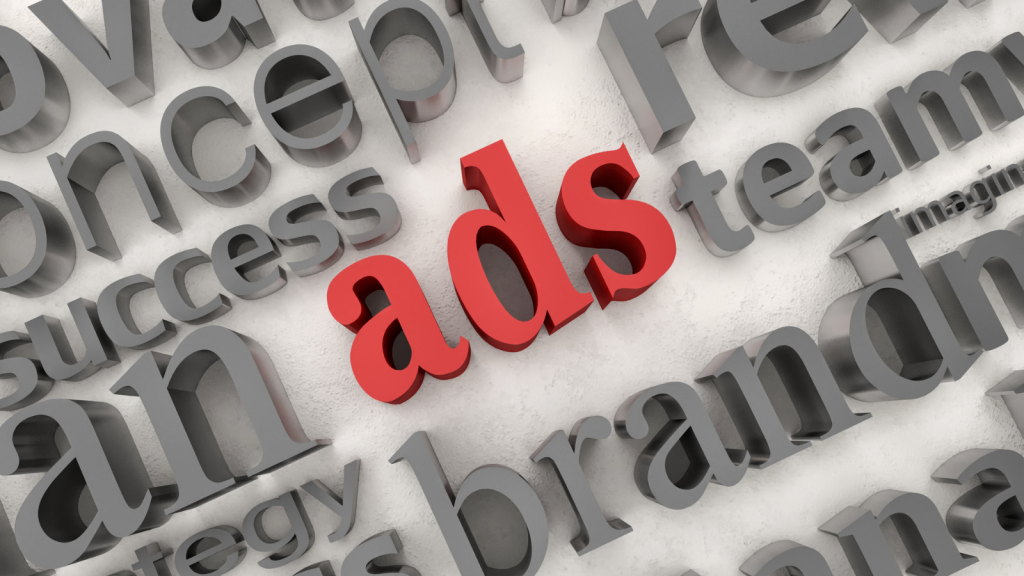Running Facebook ads can feel like navigating a maze. With so many options, how do you know which ad objective is the right fit for your campaign? In this guide, we’ll break down Facebook ad objectives, help you understand their nuances, and share untold tips and tricks to maximize your success. Let’s explore!
1. What Are Facebook Ad Objectives?
Facebook ad objectives are the goals you set for your advertising campaigns. Think of them as the guiding compass for your ad strategy. Facebook uses these objectives to optimize your campaign and show your ads to the people most likely to take the desired action.
For instance, if your goal is to increase brand awareness, Facebook will show your ad to users who are more likely to notice and recall it. If you want sales, Facebook targets people who frequently purchase online.
2. The Three Categories of Ad Objectives
Facebook organizes its ad objectives into three categories:
A. Awareness
Awareness objectives focus on getting your brand noticed.
- Brand Awareness: Ideal for new brands or products. Facebook targets users likely to remember your ad.
Example: A startup eco-friendly skincare brand might use this to introduce their products.
- Reach: Ensures your ad reaches the maximum number of people.
Example: A local bakery uses this to promote their grand opening.
B. Consideration
Consideration objectives drive users to think about your brand and interact with it.
- Traffic: Directs users to your website, landing page, or app.
- Engagement: Boosts likes, shares, comments, or event responses.
- App Installs: Drives downloads of your mobile app.
- Video Views: Increases views on your video content.
- Lead Generation: Collects contact details from potential customers.
- Messages: Encourages users to start a conversation with your brand.
C. Conversion
Conversion objectives focus on driving specific actions, like purchases.
- Conversions: Promotes actions on your website, app, or Messenger.
- Catalog Sales: Automatically shows products from your catalog to interested users.
- Store Traffic: Drives visits to your physical store.
3. How to Choose the Right Objective
The right objective depends on your goals. Here’s a simple process to guide you:
A. Define Your Campaign Goal
Ask yourself:
- What am I trying to achieve? (e.g., awareness, leads, or sales)
- Who is my target audience?
- What stage of the customer journey are they in?
Example: Sarah, a yoga instructor, wants more students for her online classes. Her goal is lead generation to collect emails from potential students.
B. Match Goals with Objectives
Use this cheat sheet:
| Goal | Objective |
|---|---|
| Build brand recognition | Brand Awareness, Reach |
| Drive website traffic | Traffic |
| Collect leads | Lead Generation |
| Boost video engagement | Video Views |
| Generate online sales | Conversions, Catalog Sales |
| Promote an event | Engagement |
C. Consider the User Journey
Different objectives align with different stages of the marketing funnel:
- Top of Funnel (Awareness): Use Brand Awareness or Reach.
- Middle of Funnel (Consideration): Use Traffic, Engagement, or Lead Generation.
- Bottom of Funnel (Conversion): Use Conversions or Catalog Sales.
4. Untold Tips for Choosing the Right Objective
A. Test Multiple Objectives
Don’t assume one objective is the best fit. Run A/B tests to compare performance. For instance, test Traffic vs. Lead Generation to see which drives more sign-ups.
B. Use Dynamic Ads for Conversions
Dynamic ads automatically show products to users based on their interests and behavior. If you’re running an e-commerce store, this is a game-changer.
C. Leverage Facebook’s Learning Phase
Facebook’s algorithm needs time to optimize your ads. Avoid making changes too soon; let the campaign run for at least 7 days before evaluating.
D. Align Objectives with Content Type
If you’re promoting a video, choose Video Views instead of Traffic. If you’re collecting leads, create a custom lead form instead of redirecting to your website.
5. Imaginary Story: Choosing the Right Objective
Meet Alex, a personal trainer. He launches his first Facebook ad campaign to promote his fitness program. Excited, he selects “Conversions” as his objective, but after two weeks, his results are underwhelming.
Frustrated, Alex consults a marketing expert. They discover his audience isn’t ready to buy yet. He switches to “Video Views,” sharing workout tips to build trust. After warming up his audience, he runs a “Lead Generation” campaign. The result? His email list grows by 50%, and conversions follow.
Moral of the story: Match your objective to your audience’s readiness to act.
6. Using NLP to Optimize Your Strategy
Natural Language Processing (NLP) can supercharge your ad strategy:
- Analyze Sentiment: Use tools like MonkeyLearn to gauge audience reactions to your ads.
- Identify Keywords: Use NLP to uncover trending phrases for ad copy.
- Optimize Ad Copy: AI-powered tools like Copy.ai can create compelling, keyword-rich headlines and descriptions.
7. Measuring Success for Different Objectives
Track these metrics to evaluate performance:
- Brand Awareness: Ad recall lift, impressions.
- Traffic: Click-through rate (CTR), bounce rate.
- Engagement: Likes, shares, comments.
- Lead Generation: Cost per lead, form submissions.
- Conversions: Return on ad spend (ROAS), cost per conversion.
8. Final Thoughts
Choosing the right Facebook ad objective is the key to a successful campaign. By understanding your goals, testing strategies, and leveraging tools like NLP, you can create campaigns that resonate with your audience and drive results.
Remember, there’s no one-size-fits-all approach. Experiment, learn, and refine your strategy. With the right objectives, your ads can become a powerful tool for growth.
What’s your next Facebook ad campaign goal? Choose wisely and watch your success unfold!

